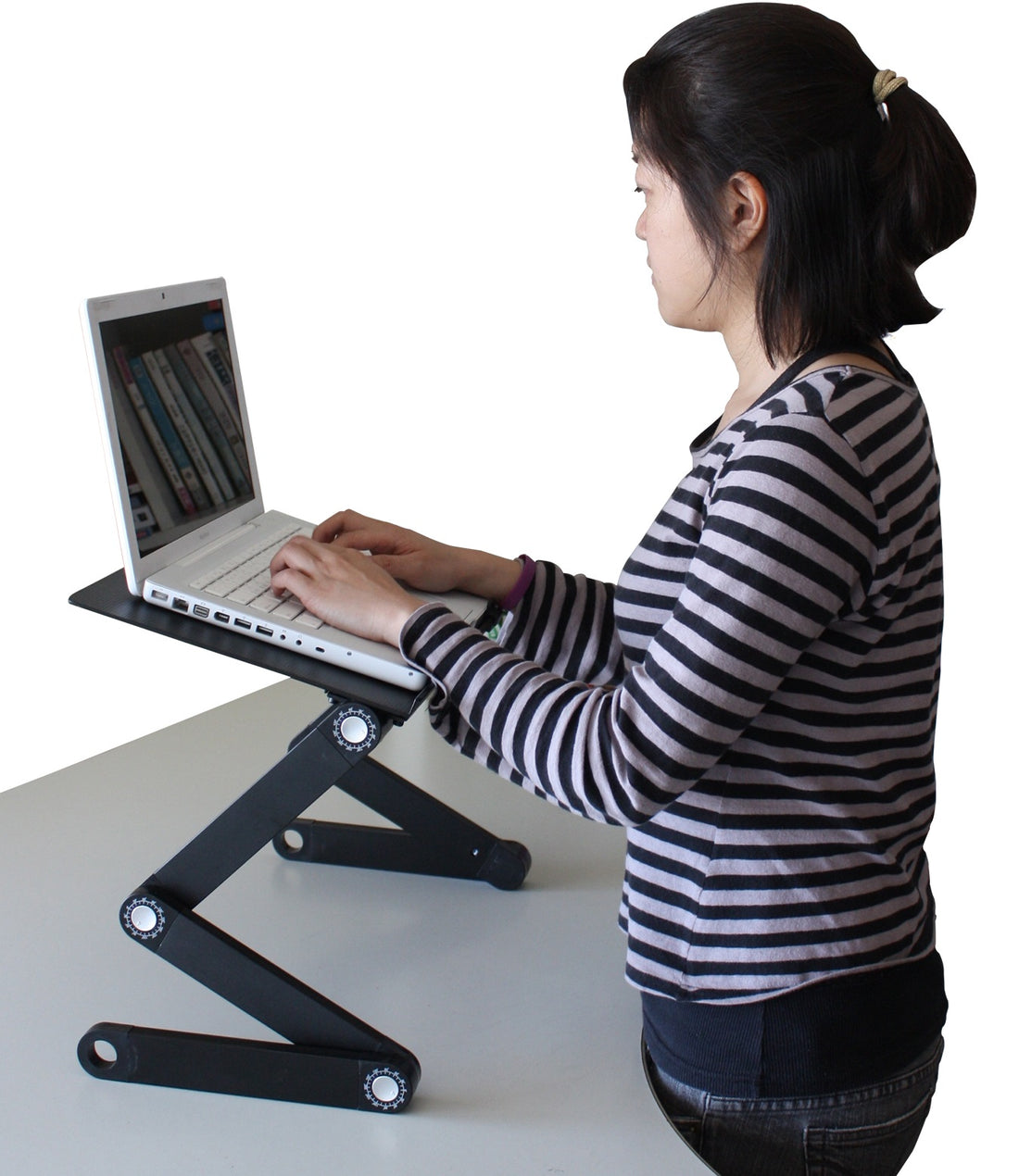
Improving ergonomics in the workplace can seem like a hefty investment. Ergonomic furniture, tools, and aids can be expensive. But those investments can be well worth it in the long run. Effective workplace ergonomics helps create a healthier workplace, which in turn can boost employee engagement.
First of all, when you incorporate ergonomics, you demonstrate that you care about your employees; that their health and well-being are important to you. With the knowledge that you want to keep your team healthy, they are likely to be happier at work. Workplace ergonomics fosters a safety and health culture as a core value. People appreciate they are walking into a safe workplace, and recognize the value of being taken care of in this way.

Ergonomics improves productivity and employee engagement. Poor workplace ergonomics leads to fatigue, aches and pains, and injury. When your team is physically uncomfortable, they won’t perform well—and they may even begin cutting corners, which could put product quality at risk.
Think about it. When you’ve got aches and pains, you aren’t at your best. Your attitude tends toward the negative, and you aren’t able to concentrate well. Consider the last time you were tired, in pain, or otherwise uncomfortable at work. You may have taken extra breaks, worked more slowly, or even left early because you weren’t feeling well. Imagine what your performance would be like over time if every workday caused fatigue or discomfort. What would it be like if the whole team felt that way every day?
When the workplace keeps ergonomics like good posture, controlling screen glare, ideal heights and reaches, and reduced motions in mind, the worker becomes more efficient and more engaged. When your team isn’t fatigued and uncomfortable while performing their job functions, employee engagement increases, because they have more energy during the workday.
Improving workplace ergonomics can boost problem-solving skills and overall creativity while reducing mistakes. In other words, your team will be better able to do their jobs because they won’t be distracted by muscle strain or other physical discomfort. And if you engage your team in the process of evaluating how to improve ergonomics in the workplace, they’ll know that you value their feedback and contributions—which in turn can improve overall morale. You may be surprised to find that your employees have insights into improving the workplace that you never considered.
Your employees are your company’s greatest investment. It pays to improve workplace ergonomics because it’s a tangible benefit that enhances employee’s lives. Reducing ergonomic problems leads to fewer sick days, fewer injuries, and can reduce long-term, cumulative issues that can shorten a worker’s career. Over time, investing in workplace ergonomics more than pays for itself.




